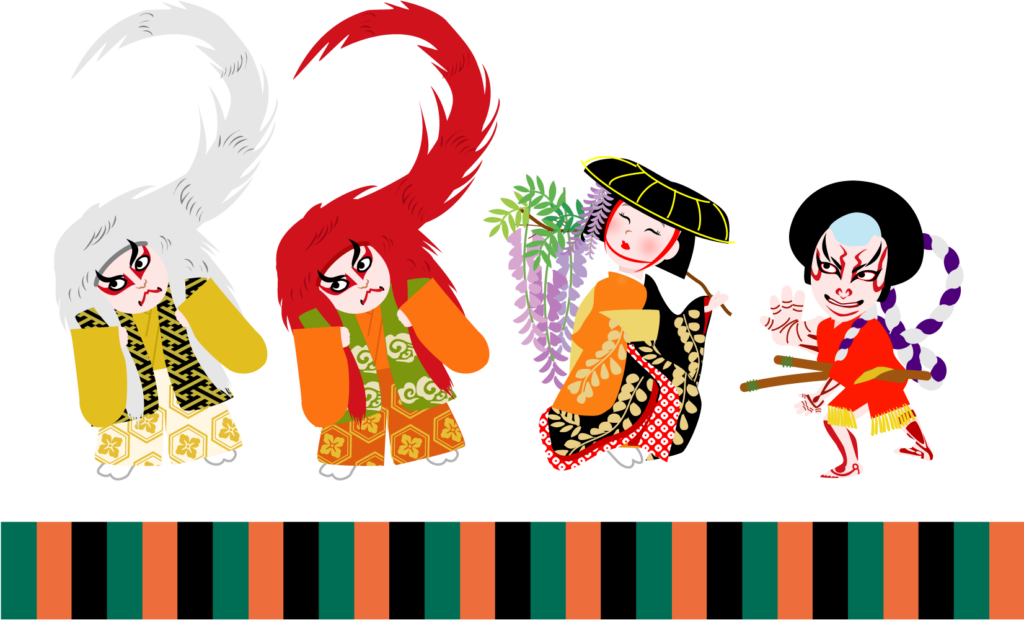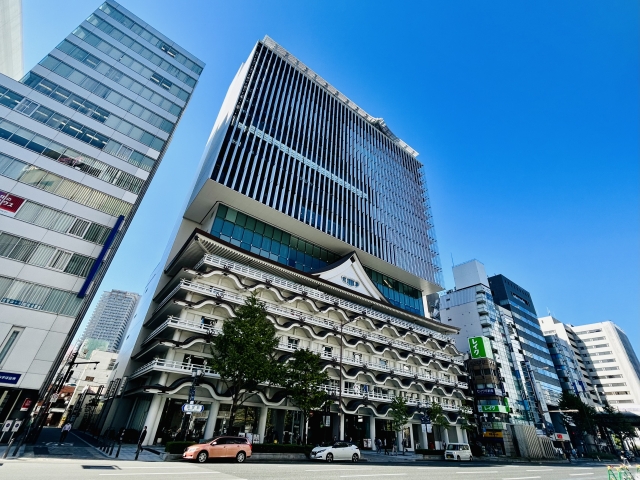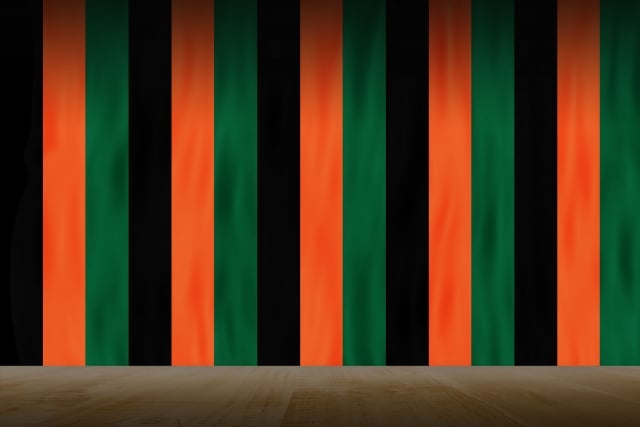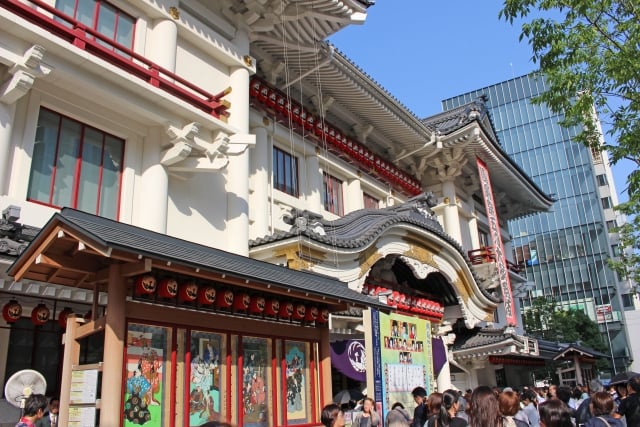Kabuki is one of the most popular traditional Japanese performing arts among foreign nationals.
In the past, Kabuki was a form of entertainment for the Japanese masses, but now it is also attracting worldwide attention for its high artistry, with unique costumes and a wealth of tricks and techniques to keep the audience entertained.
In this article, we will tell you whether non-Japanese speakers can enjoy watching Kabuki, and guides to purchasing tickets.
How to enjoy Kabuki as a non-Japanese speaker

Traditional performance arts like Kabuki makes it hesitant for new time enjoyers, but if you go to the Kabuki-za Theater in Ginza, Tokyo, anyone can enjoy Kabuki, even if you don't speak Japanese.
1. Enjoy the architecture of the Kabuki-za Theater
The Kabuki-za theater building in Ginza was rebuilt several times since 1889, and was completed in its current form in 2013.
Nicknamed "Ginza Kabuki," it has become a landmark tower representing Tokyo.

The Kabuki-za Theater was designed by Kengo Kuma, one of Japan's leading architects, and is not only a historical homage, but also a modern architectural structure.
For example, silicon coating was applied to the exterior walls soften the texture and make it stain resistant, creating a beautiful and shiny "white" look. When you visit the Kabuki-za Theater, first take time to look around the building.
2. Enjoy the performance
At Kabuki-za, you can enjoy a Kabuki performance up close.
Many people may think that foreigners cannot understand Kabuki, which is performed in an old spoken language that is difficult even for Japanese people, but at its core, Kabuki is a performance that can be enjoyed by anyone, through the combination of singing, dancing, and acting. (The three kanji characters of 歌舞伎(=kabuki) literally translates to sing, dance and act.)
The music, sound effects, costumes, stage sets, facial expressions, and acting alone are enough to enjoy Kabuki.
> Click here for the performance schedule of the Kabuki-za Theater
> Click here for the Kabuki-za performance schedule (English version)
3. Enjoy bento lunches and souvenirs
At the Kabuki-za Theater, you can buy souvenirs and bento box lunches featuring Japanese cuisine to enjoy delicious Japanese delicacies,
Eating and drinking are not allowed during the performance, but during the intermission, called "makuma" (interval), eating and drinking are allowed, so it is a fun way to enjoy a boxed lunch while talking about your impressions of the Kabuki performance.
There is also a dining area available for those who wish to enjoy a leisurely meal.
Please note that some of the restaurants require advance reservations.
4. Enjoy Super Kabuki
There is a more modern genre of kabuki called "Super Kabuki" that was created to convey the fun of kabuki to the modern audience in an easy-to-understand way. It was started in 1986 to promote interest in kabuki among a wide range of people, young and old.
Super Kabuki is popular among non-Japanese speakers because of its dynamic performances, such as quick changes, dynamic movements, and somersaults, as well as its familiar themes, such as the one based on the popular manga One Piece.
If you are worried that kabuki might be too difficult for you, you can start your introduction to the world of kabuki by attending a Super Kabuki performance.
Pro tip: get "makumi" seats if you're unsure you can stay the whole show

Kabuki performances can last from two and a half to four hours, but there are also "makumi-seki" tickets available, which allow you to see only one episode of a performance.
If you want to enjoy sightseeing in addition to Kabuki, or if you are not sure if you will be able to see the performance for a long time, we recommend that you use makumi-seki.
Another advantage of makumi-seki is that they are inexpensive, ranging from 1,000 yen to 2,000 yen.
Makumi-seki is very reasonable, but please be careful of the following points.
<Notes on makumi-seki tickets>
・Tickets must be purchased in advance via the Internet or at the theater on the day of the performance.
・The number of seats is limited to 70 for Internet purchases (reserved seats) and 20 for theater purchases (unreserved seats).
・Makumi-seki is on the 4th floor, and makumi tickets doesn’t allow access to other floors (Note that you cannot purchase boxed lunches or souvenirs, which are only available on other floors).
It is regrettable that you cannot purchase boxed lunches or souvenirs; there are no stores on the 4th floor, so you cannot buy anything.
Nevertheless, it is definitely a good place to enjoy Kabuki at a reasonable price, and with a high percentage of foreign tourists, it is recommended for those who are seeing Kabuki for the first time.
How to buy tickets for the Kabuki-za
Tickets for the Kabuki-za can be purchased through the dedicated "KABUKI" website.
You do not need to understand Japanese to purchase tickets. This is the Kabuki-za's English-language website, and it is very useful because it covers everything from purchasing tickets to the schedule of Kabuki performances and how to enjoy Kabuki.
Of course, you can also purchase tickets directly at the theater.
However, there may be no seats left on the day of the performance, so if you want to be sure of getting tickets, we recommend that you purchase them through "KABUKI".

